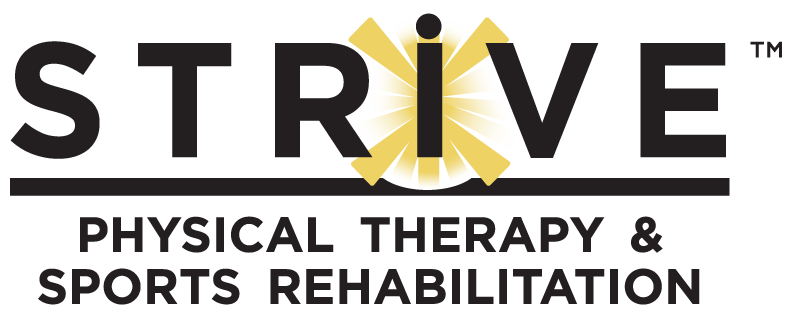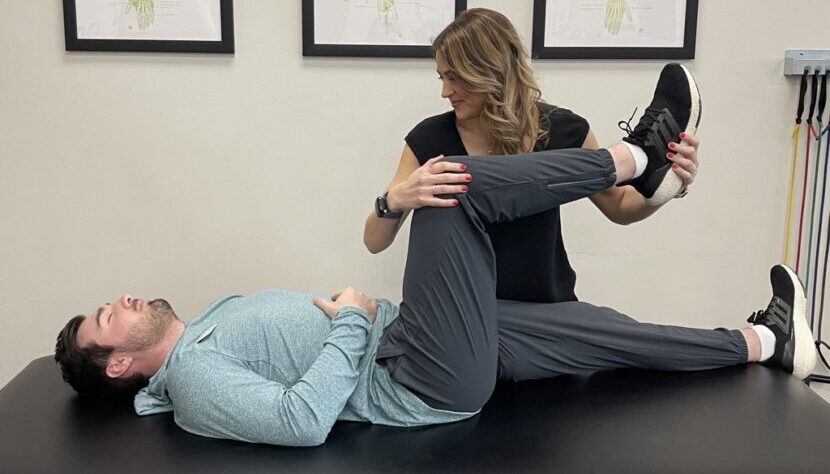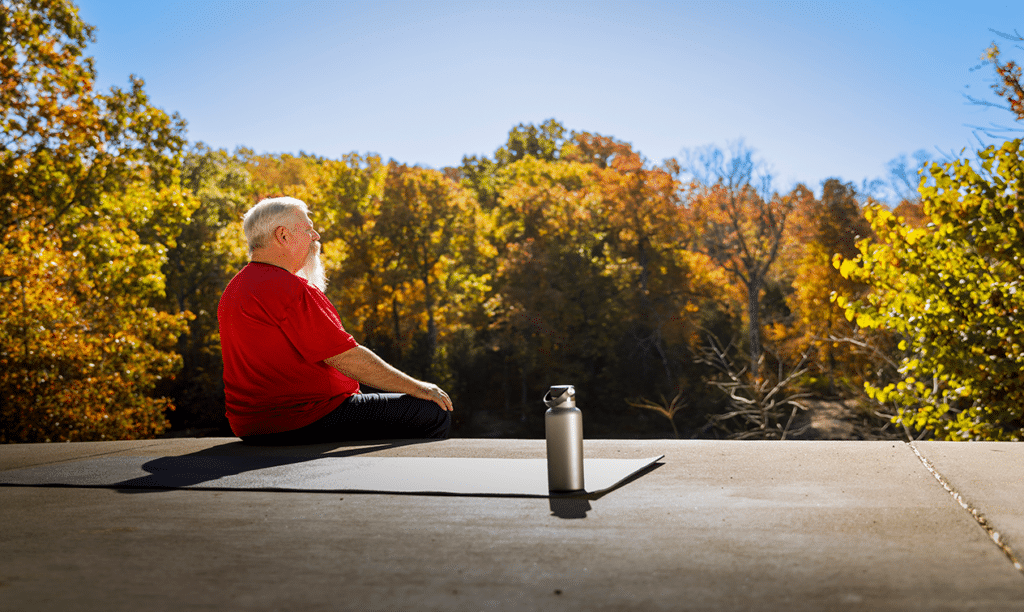Overhead Injury Prevention In Summer Sports
There is so much to love about summer: longer days, grilling out, pools are open… After avoiding the lower temps of winter and the allergies of spring, it just feels right being outside enjoying the warm weather with family and friends. Be it golf on the weekends, tennis after work, or joining baseball, pickleball, or volleyball summer leagues, you can burn some calories while being social. With those sports come extra wear and tear on some joints. Here are some tips from our experts on how to avoid injuries to your arms so you can keep flipping burgers at the next neighborhood BBQ.
3 Key Areas and Tips on How to Avoid Overhead Injuries
- Rotator Cuff – The rotator cuff is a group of muscles, tendons, and ligaments that connect your upper arm bone to your shoulder blade. This joint allows you to move your arm in all directions. The most common injuries in the rotator cuff are tears or strains in the muscles and tendons. These injuries can happen from repetitive motions (such as throwing a baseball or tennis serve overheard) and lifting weights above head level (including pull ups).
- Be sure to warm up before playing. A crossover stretch is a great start: extend one arm across your chest and use your other arm to gently pull it in without locking; repeat with the other arm.
- If possible, avoid playing the sport on multiple days to give your shoulder a rest.
- Stuck at a desk for most of the week? Maintain good posture. Poor posture such as slouching can put unnecessary strain on your shoulders.
- Chest – The chest muscles, specifically the pectoralis major and minor, play a crucial role in shoulder and neck mobility. These muscles are responsible for movements such as shoulder adduction, horizontal adduction, and internal rotation. If the chest muscles are tight, they can limit the range of motion in the shoulders, leading to rounded shoulders and a forward head posture. This can cause discomfort, pain, and reduced mobility in the neck and shoulders.
- Regular stretching and strengthening exercises for the chest muscles can help maintain a balanced and healthy range of motion.
- To stretch the chest muscles, find either a doorway or the corner of two walls similar to below.
- Place your hand, forearm, and elbow on the wall and slowly step into the stretch. Do this for both arms for 2 times each side while holding for 20 seconds each set.
- Wrist – The wrist is a complex joint with many small bones, which makes it vulnerable to injury. Repetitive movements or twisting motions specifically may cause damage; for example: avid tennis players often suffer carpal tunnel syndrome–a condition caused by compression of the median nerve in your arm that results in numbness and tingling sensations in your fingers.
- Just like proper desk posture is important to your shoulder, the way you type on your keyboard is paramount to wrist health. Don’t rest your arms and try to keep your wrists flat while typing.
- Warm up by raising one arm with the palm facing up. With your other hand, pull the extended hand down, so your palm is facing where you are looking. Hold for ten seconds and repeat with the other wrist.
- If you’re not on the court, grab a tennis ball and squeeze (yes, like a stress ball). Hold for ten seconds and then rest for five seconds. Repeat up to ten times. This will help build up wrist strength and can also help prevent carpal tunnel syndrome.
- Other things to consider – The elbow is also a common site of repetitive strain, due to its position and function. The best way to prevent injuries to the elbow is by stretching and strengthening the muscles that support it. You can also invest in an elbow compression sleeve. These can help improve blood flow and promote healing of elbow injuries such as tennis or golf elbow.
These are general tips to avoid overhead injury and keep you on the golf course, tennis court, baseball field, or volleyball court. While we hope they lead to a home run or hole-in-one, please schedule an appointment with one of our expert PTs so they can customize a plan based on your history, circumstances, and activities.




